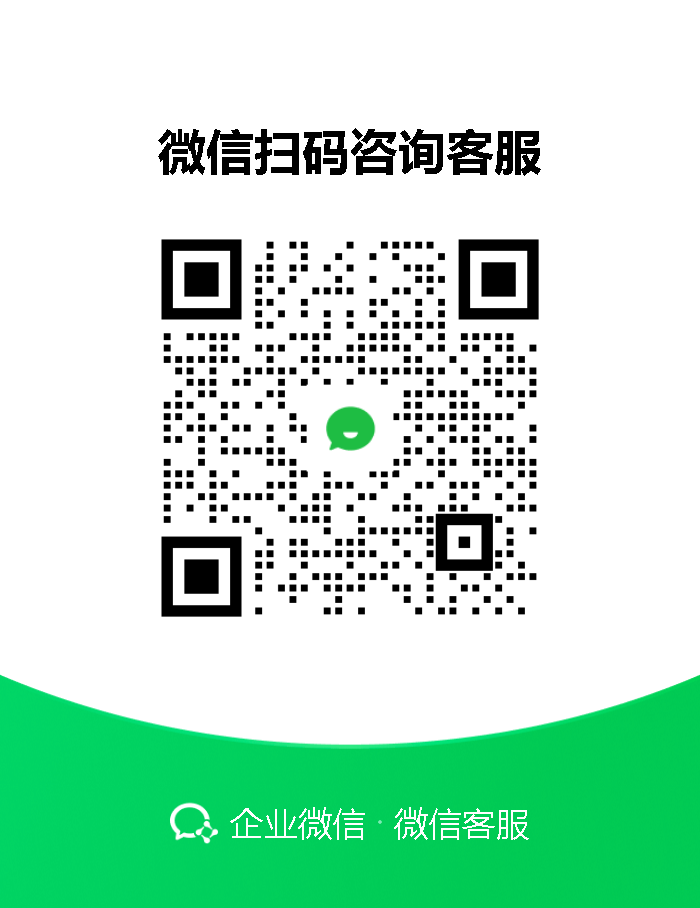【国外标准】 Standard Test Methods for Radiation Thermometers (Single Waveband Type)
本网站 发布时间:
2024-02-28
- ASTM E1256-17(2022)
- Active
选择类型:
 电子版: 590元
/ 折扣价:
502 元
电子版: 590元
/ 折扣价:
502 元
开通会员免费在线看70000余条国内标准,赠送文本下载次数,单本最低仅合13.3元!还可享标准出版进度查询、定制跟踪推送、标准查新等超多特权!
查看详情>>
适用范围:
4.1 The purpose of these test methods is to establish consensus test methods by which both manufacturers and end users may perform tests to establish the validity of the readings of their radiation thermometers. The test results can also serve as standard performance criteria for instrument evaluation or selection, or both.4.2 The goal is to provide test methods that are reliable and can be performed by a sufficiently skilled end user or manufacturer. It is hoped that it will result in a better understanding of the operation of radiation thermometers and also promote improved communication between the manufacturers and the end users. A user without sufficient knowledge and experience should seek assistance from the equipment makers or other expert sources, such as those found at the National Institute of Standards and Technology in Gaithersburg, Maryland.4.3 These test methods should be used with the awareness that there are other parameters, particularly spectral range limits and temperature resolution, which impact the use and characterization of radiation thermometers and for which test methods have not yet been developed.4.3.1 Temperature resolution is the minimum simulated or actual change in target temperature that results in a usable change in output or indication, or both. It is usually expressed as a temperature differential or a percent of full-scale value, or both, and usually applies to value measured. The magnitude of the temperature resolution depends upon a combination of four factors: detector noise equivalent temperature difference (NETD), electronic signal processing, signal-to-noise characteristics (including amplification noise), and analog-to-digital conversion “granularity.”4.3.2 Spectral range limits are the upper and lower limits to the wavelength band of radiant energy to which the instrument responds. These limits are generally expressed in micrometers (μm) and include the effects of all elements in the measuring optical path. At the spectral response limits, the transmission of the measuring optics is 5 % of peak transmission. (See Fig. 1.)FIG. 1 Spectral Range Limits1.1 The test methods described in these test methods can be utilized to evaluate the following six basic operational parameters of a radiation thermometer (single waveband type): SectionCalibration Accuracy 8Repeatability 9Field-of-View 10Response Time 11Warm-Up Time 12Long-Term Stability 13 1.2 The term single waveband refers to radiation thermometers that operate in a single band of spectral radiation. This term is used to differentiate single waveband radiation thermometers from those termed as ratio radiation thermometers, two channel radiation thermometers, two color radiation thermometers, multiwavelength radiation thermometers, multichannel radiation thermometers, or multicolor radiation thermometers. The term single waveband does not preclude wideband radiation thermometers such as those operating in the 8–14 μm band.1.3 This standard does not purport to address all of the safety concerns, if any, associated with its use. It is the responsibility of the user of this standard to establish appropriate safety, health, and environmental practices and determine the applicability of regulatory limitations prior to use.1.4 This international standard was developed in accordance with internationally recognized principles on standardization established in the Decision on Principles for the Development of International Standards, Guides and Recommendations issued by the World Trade Organization Technical Barriers to Trade (TBT) Committee.
标准号:
ASTM E1256-17(2022)
标准名称:
Standard Test Methods for Radiation Thermometers (Single Waveband Type)
英文名称:
Standard Test Methods for Radiation Thermometers (Single Waveband Type)标准状态:
Active-
发布日期:
-
实施日期:
出版语种:
- 推荐标准
- 国家标准计划
- BS EN 14625:2024 Ambient air. Standard method for the measurement of the concentration of ozone by ultraviolet
- BS EN 14626:2024 Ambient air. Standard method for the measurement of the concentration of carbon monoxide by non
- BS EN 14211:2024 Ambient air. Standard method for the measurement of the concentration of nitrogen dioxide
- BS EN 14212:2024 Ambient air. Standard method for the measurement of the concentration of sulphur dioxide
- 24/30506654 DC BS ISO 20038 Banking and related financial services — Key wrap using advanced encryption standard
- BS EN 4869-103:2024 Aerospace series. Expanded beam termini, fibre optic non-physical contact in EN 3645 standard
- BS EN 4869-104:2024 Aerospace series. Expanded beam termini, fibre optic non-physical contact in EN 3645 standard
- BS EN 4869-001:2024 Aerospace series. Expanded beam termini, fibre optic non-physical contact in EN 3645 standard
- BS EN 4869-101:2024 Aerospace series. Expanded beam termini, fibre optic non-physical contact in EN 3645 standard
- BS EN 4869-102:2024 Aerospace series. Expanded beam termini, fibre optic non-physical contact in EN 3645 standard
- BS ISO 27729:2024 - TC Tracked Changes. Information and documentation. International standard name identifier (ISNI)
- BS ISO 23603:2024 - TC Tracked Changes. Standard method of assessing the spectral quality of daylight simulators
- 24/30505086 DC BS EN IEC 61400-16 Standard file format for sharing power curve information
- BS ISO 27729:2024 Information and documentation. International standard name identifier (ISNI)
- 24/30504596 DC BS EN IEC 63147 Standard criteria for accident monitoring instrumentation for nuclear power
 17704692435
17704692435












